Fire Training & Tips
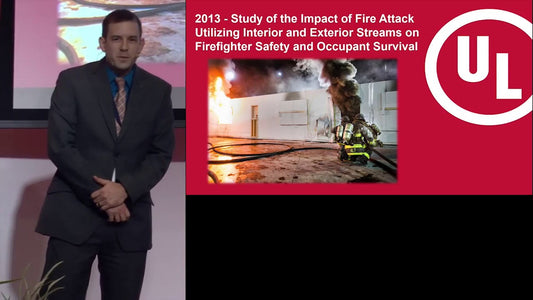
Understanding Residential Fire Attack
The UL Firefighter Safety Research Institute is currently conducting a 3-year project on the impact of fire attack utilizing interior and exterior fire streams on firefighter safety and occupant survival....
Understanding Residential Fire Attack
The UL Firefighter Safety Research Institute is currently conducting a 3-year project on the impact of fire attack utilizing interior and exterior fire streams on firefighter safety and occupant survival....
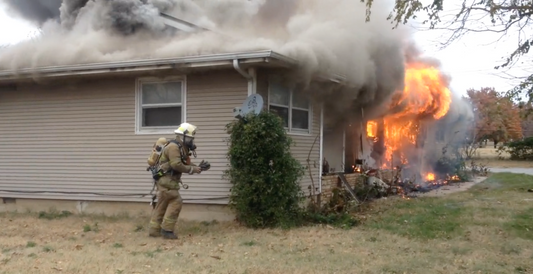
Fireground Size-Up and How to Read Smoke
"Every Firefighter should know how to Read Smoke and recognize the warning signs of Hostile Fire Events. Proper Size-Up will not only assist with establishing a good Action Plan, but...
Fireground Size-Up and How to Read Smoke
"Every Firefighter should know how to Read Smoke and recognize the warning signs of Hostile Fire Events. Proper Size-Up will not only assist with establishing a good Action Plan, but...
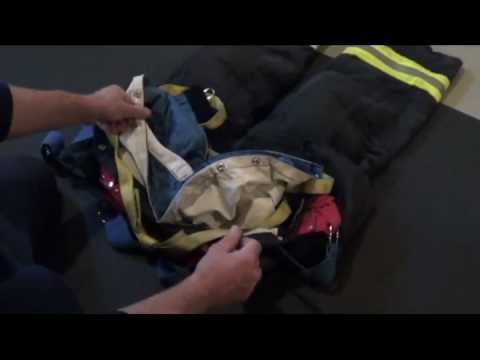
Seat Harness - For a Personal Escape System (Bu...
This video will explain how you can make a seat harness and integrate it into your turnout gear to use with a Personal Escape/Safety System for as little as $4.00...
Seat Harness - For a Personal Escape System (Bu...
This video will explain how you can make a seat harness and integrate it into your turnout gear to use with a Personal Escape/Safety System for as little as $4.00...
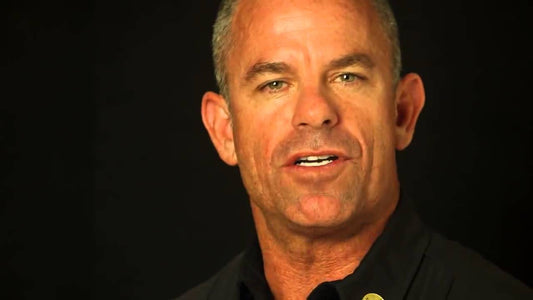
Exterior Water Application
Los Angeles Fire Department Training Services Section video on exterior water application.
Exterior Water Application
Los Angeles Fire Department Training Services Section video on exterior water application.
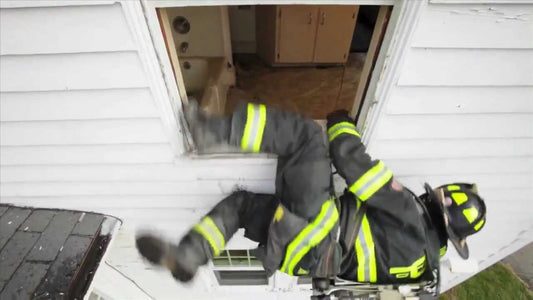
Personal Escape Systems - Window Clearing, Anch...
This video demonstrates various methods for clearing windows and some, (NOT ALL) of the options for establishing an anchor when deploying a Personal Escape System. During training always utilize fall...
Personal Escape Systems - Window Clearing, Anch...
This video demonstrates various methods for clearing windows and some, (NOT ALL) of the options for establishing an anchor when deploying a Personal Escape System. During training always utilize fall...

